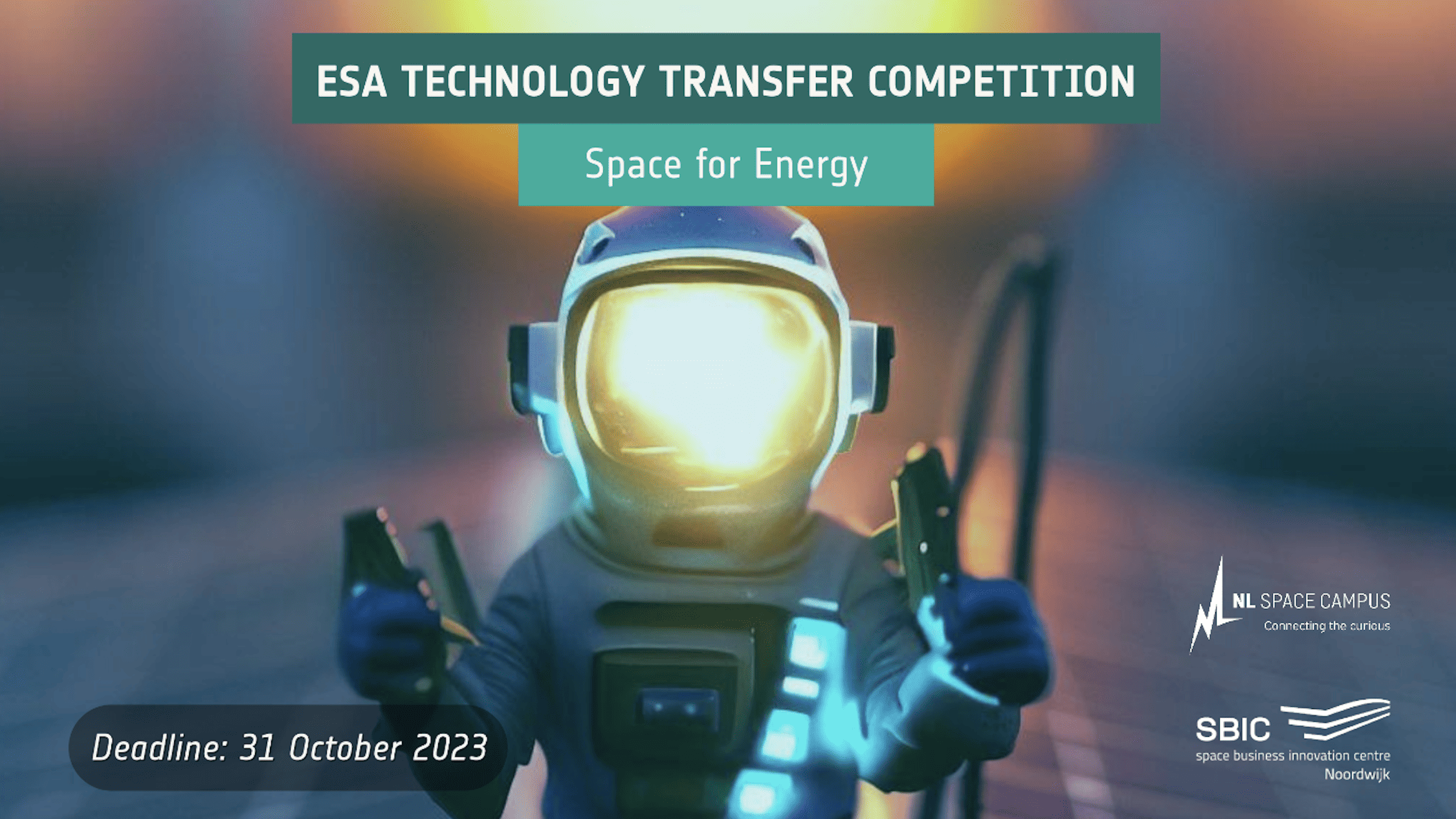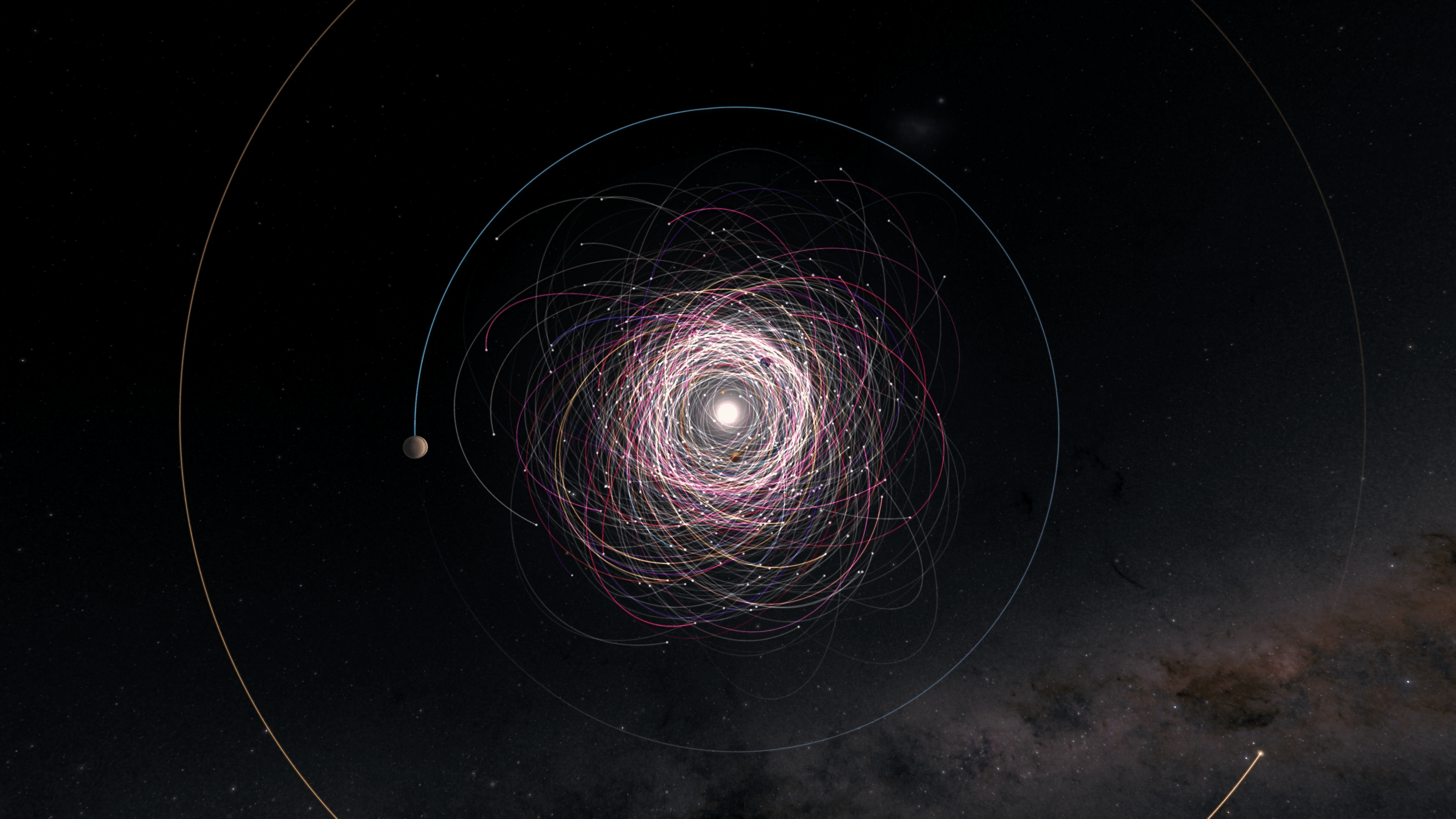
Since time immemorial, people have dreamt of life on the moon. As early as the 1970s, the British science fiction series “Moon Base Alpha 1” depicted what life could be like there. However, this dream seemed almost impossible due to the inhospitable conditions on the moon. There is no oxygen or water, just a lot of dust. It’s precisely this dust that might lead to the solution to those problems. It is entirely plausible that humans will be able to live on the moon in the near future.
The European Space Agency (ESA) has set up a prototype facility for oxygen production at the Materials and Electrical Components Laboratory, part of the European Space Research and Technology Centre (ESTEC) in Noordwijk. There the scientists want to produce oxygen from synthesized moon dust. “We are able to produce oxygen from synthesized regolith in our own facilities,” Beth Lomax of Glasgow University states. “The ability to produce oxygen from raw materials found on the moon would, of course, be of tremendous importance to future residents on the moon. For respiration as well as for local production of rocket fuel.”
Regolith rocks
Samples of dust recovered from the moon’s surface turned out to contain oxygen. However, this oxygen is bound chemically as oxides in the form of minerals or glass. It cannot be extracted easily as a consequence. Yet at ESTEC the oxygen can be freed using a method called molten salt electrolysis. This involves heating regolith in a metal tray together with molten calcium chloride (which functions as an electrolyte) to 950°C. The regolith stays fixed at this temperature. It is then electrified, which allows for the extraction of oxygen from the regolith. The researchers are currently letting the oxygen escape. It can be stored at a later stage.

Other metals as a by-product
An added benefit of this process is that it also yields a usable metal alloy. Although it is not yet clear as to what it could be used for yet “the production process does produce a variety of metals on the side,” says ESA research fellow Alexandre Meurisse.
He adds that these are also useful for further research into what alloys can be obtained and how they can be used. “For example, could they be printed in 3D straightaway, or do they need to be refined? The exact combination of metals will depend on whereabouts on the moon the regolith is extracted from. There may be significant regional differences.”
Oxygen out of moon dust
Nevertheless, research is primarily focused on extracting oxygen from the moon dust/gas with the aim of getting one step closer to realizing our dream of life on the moon. Then perhaps later for life on Mars. After all, ESA and NASA may resume manned missions to the moon. Though with the goal of staying there this time,” says Tommaso Ghidini, head of ESA’s Department of Structures, Mechanisms and Materials.
The facility in The Netherlands is already up and running. Work is currently underway to refine the process. For example by lowering the processing temperature. The ultimate goal of the researchers is to design a pilot set-up that can be operated on the moon on a long-term basis. The very first demonstration of that facility is planned for the mid-twenties.
You can read more IO articles on the moon here.







